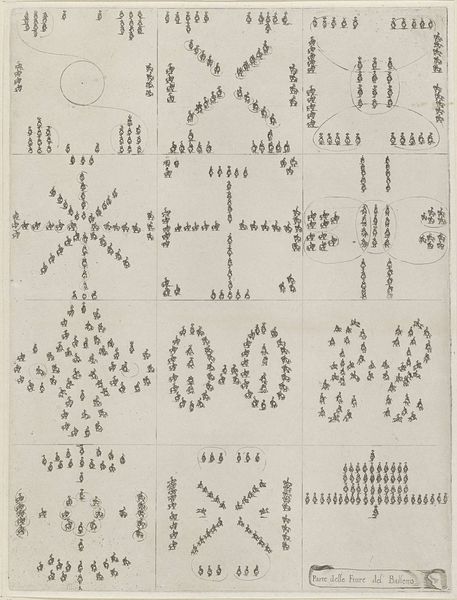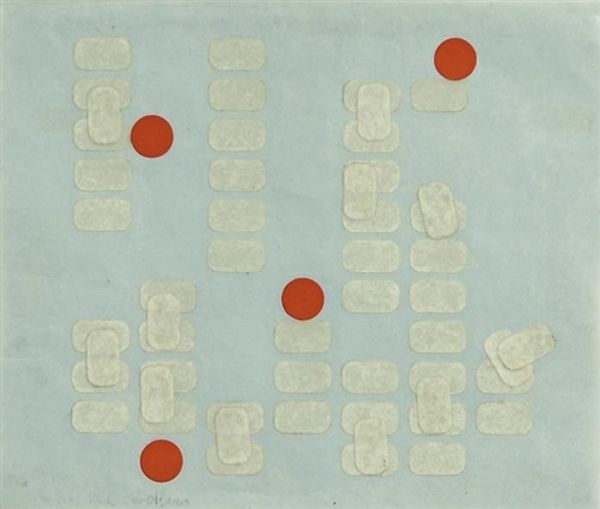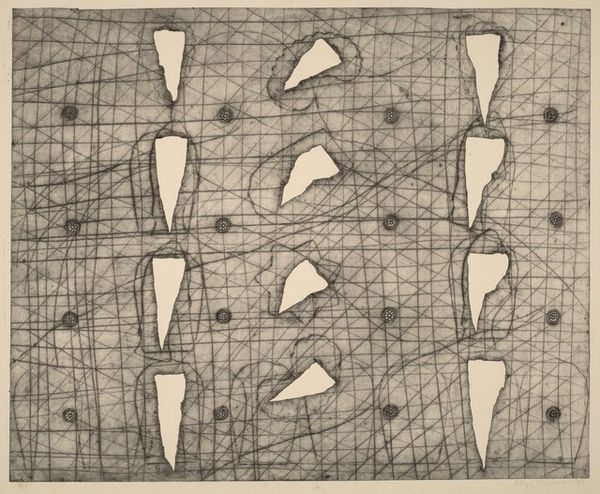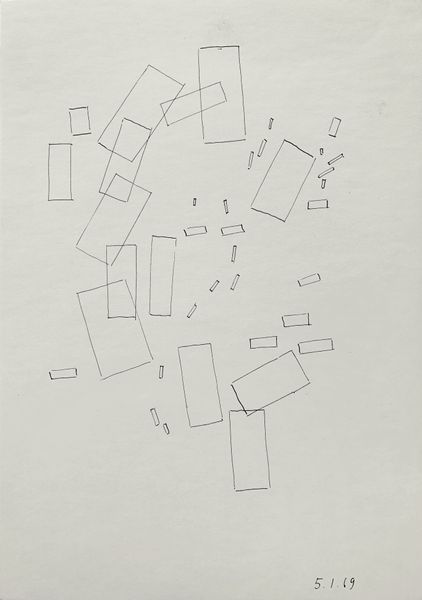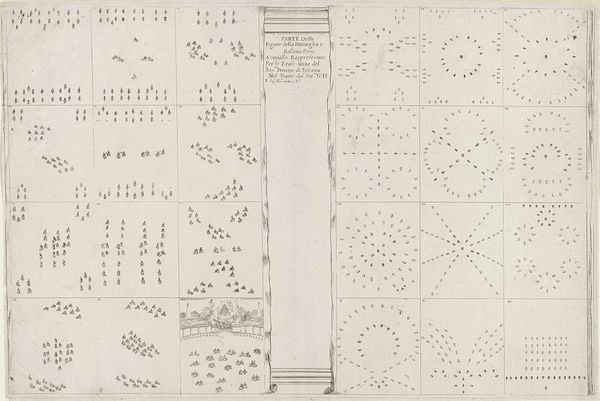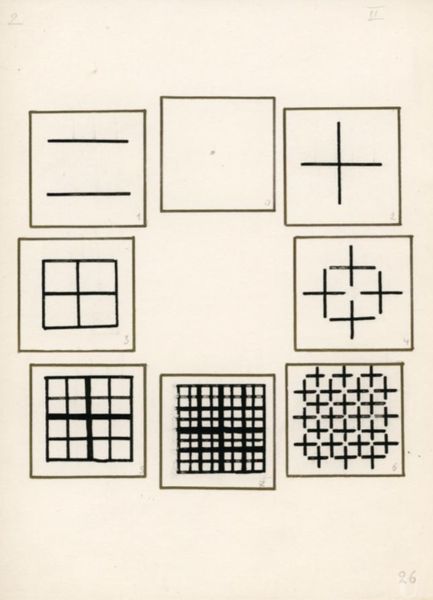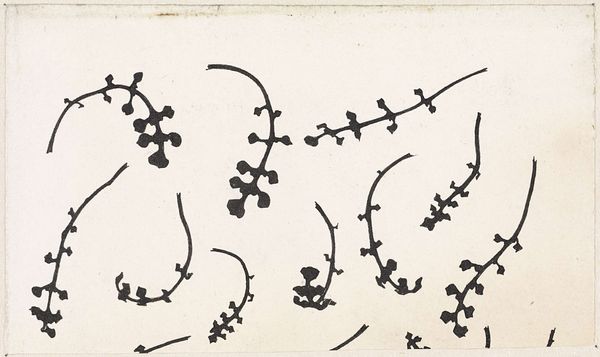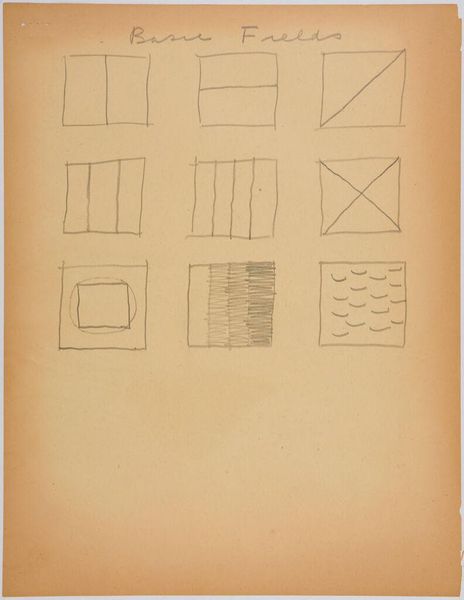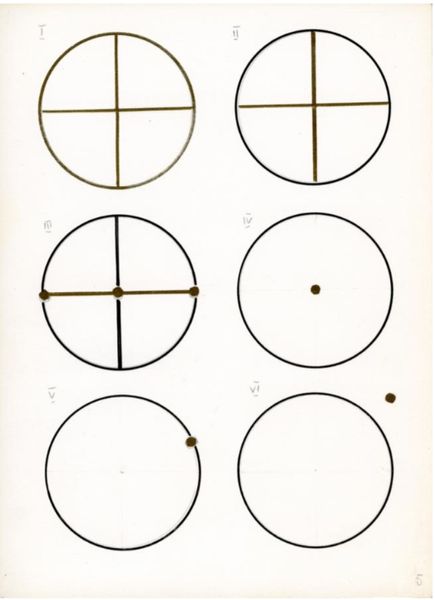
drawing, paper, ink
#
drawing
#
hand-lettering
#
hand drawn type
#
hand lettering
#
paper
#
text
#
ink
#
dada
#
geometric
#
abstraction
#
line
#
surrealism
Copyright: Public domain US
Curator: This is Georges Ribemont-Dessaignes’ “Petit désert,” created around 1920, using ink on paper. Editor: It feels whimsical yet somehow desolate, with those scattered dominoes. The linear quality and muted palette certainly amplify that feeling. Curator: Dessaignes was deeply involved in the Dada movement, a response to the horrors of World War I. Consider the title, "Little Desert," and its link to larger cultural anxieties regarding widespread socio-economic shifts that were then occurring and still shape power structures today. What does it invoke? Editor: Deserts symbolize isolation, aridity. Here, that meaning intertwines with the playful element of dominoes – a game of chance, of patterns, but also of collapse, or “domino effect.” Even the arrangement seems disordered, anarchic perhaps, echoing Dada’s rejection of logic. Curator: Precisely. The "poetic circulation," written in that semi-circular shape, creates another layer. Words moving without clear direction. It is a kind of satire of communication and meaning making, particularly in relation to artistic value. It asks, whose perspective holds the key? Editor: Those dominoes are more than game pieces; they're potent symbols. Each dot becomes significant – absences, presences, possible outcomes. Curator: Even the north-south directional seems fraught, a sense of a lack of orientation. This piece speaks to a fracturing of cultural, geographic, and symbolic landscapes. Editor: I notice the texture too— the paper appears quite aged, giving a nostalgic aura to the print itself. And perhaps to a lost sense of societal direction. Curator: This drawing provides such an important link into Dada's broader concerns, critiquing power structures of art historical value by undermining expectation in presentation and conceptual clarity. Editor: A miniature world reflecting a larger, destabilized one. Makes me consider how visual language encodes continuity in times of disjunction, connecting past trauma with the potential of creative hope.
Comments
No comments
Be the first to comment and join the conversation on the ultimate creative platform.
